April 19, 2024 | 22:37 GMT +7
April 19, 2024 | 22:37 GMT +7
Hotline: 0913.378.918
April 19, 2024 | 22:37 GMT +7
Hotline: 0913.378.918
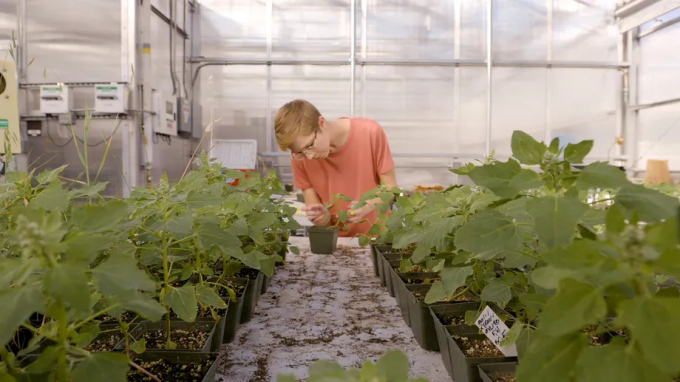
Lauren Young, BYU graduate student of genetics and biotechnology, looks over samples of quinoa inside a greenhouse in this undated handout photo.
Its popularity has now reached the level that the people who decide such things have officially ascribed a national day in January to institutionalize its consumption, which, unlike other arbitrary consumer days (looking at you, Slurpee Day), might actually be a good thing, considering the seed’s impressive profile of nutrition, with B vitamins, fiber, minerals and protein. Add to that its quick cook time and immense versatility.
There’s a team of researchers at BYU, however, who see it as a bigger phenomenon yet.
Plant scientist Rick Jellen and a team of student researchers are digging in on a program that promotes the cultivation of hybridized quinoa strains, whose heat resistant qualities and soil adaptability make for a viable crop in communities where precarious climate conditions threaten food security — an issue they say will likely worsen in the face of climate change, giving the work urgency.
“Subsistence farmers in parts of Africa, for example, are using animals to till their fields, they’re using animal manure to fertilize, and they likely have salty soil or very highly variable conditions,” said Jellen, whose pilot seed program is underway with farmers in Morocco. “Our breeding program will help farmers in those areas find strains that are perfectly adapted to their own native environment and meet the needs of those production conditions.”
The project is an offshoot of Jellen’s earlier work with a team of international researchers who were the first to successfully sequence the quinoa genome, an achievement praised as a major contribution to the field and published in the journal Nature.
By mapping the plant’s genome, botanists are now able to identify specific genes that correspond to particular traits of the plant — for example, the gene responsible for producing the “soapy” film common on commercially sold quinoa, which are chemical compounds called saponins believed to function like a pesticide.
Lauren Young, BYU graduate student of genetics and biotechnology, looks over samples of quinoa inside a greenhouse in this undated handout photo. BYU
What few consumers consider, however, is that the soapy compounds we rinse before cooking are not prevalent in all strains of quinoa. Rather, they happen to be a dominant trait of the quinoa grown in Peru and Bolivia, where the U.S. gets the overwhelming majority of its consumer quinoa.
“When you buy quinoa from Costco or Walmart or Macys, the bag will say product of Bolivia. The problem is those (strains) originate in a part of the world that has very, very specialized climates. The main commercial production zone of quinoa is 12,000 feet above sea level in the high Andes,” said Jellen.
“Domestication in that geographic isolation means the strain has lost a lot of the adaptive characteristics needed in most of the rest of the world. Most of the world does their farming at or near sea level, where the temperatures are much warmer, and where there’s a much broader diversity of insects, pests and diseases that attack it.”
This led Jellen on a cross-country scavenger hunt in search of wild quinoa strains that have adapted to a variety of climates. He’s collected and reproduced roadside wild quinoa seeds from Louisiana to Oregon and New Hampshire, picking from locales with conditions he believes will be suitable for production in places like Malawi, Guyana, the Caribbean and other countries facing food insecurity.
Jellen has collected close to 500 different strains of wild quinoa. He’s since focused on sequencing and cross-breading strains exhibiting heat and salt tolerance properties, and has now produced a tailored hybrid strain ideal for Morocco, where Jellen decided to pilot the seed program. This is where he first started his field research career as an oat geneticist, and where today food security has become a growing concern.
“Subsistence farm families in Morocco have lost protein in their diets because the previous few decades have gone through cyclic drought periods associated with climate change. They stopped growing leguminous crops in order to produce cash crops” for export, namely cereal crops for Europe.
Hybrid strains of quinoa hold the potential to be both cash crops as well as protein rich subsistence crops in Morocco and other countries facing food insecurity. Yet Jellen’s work on sequencing and hybridizing has potential for a host of applications.
“It’s conceivable that people might want to breed quinoa for high saponin content for industrial or agricultural use. For instance, (saponins) might make for an interesting bio pesticide that organic farmers can apply in their fields. You can go in a lot of directions.”
The direction his work is most interested in for now is improving global nutrition and food security.
“Our goal is to improve the nutritional status of populations of the developing world. We are at a crossroads, and we need to have crops that are more reliably productive,” Jellen said. “That’s why we are so invested in encouraging small farming communities to start growing quinoa.”
(Deseret)
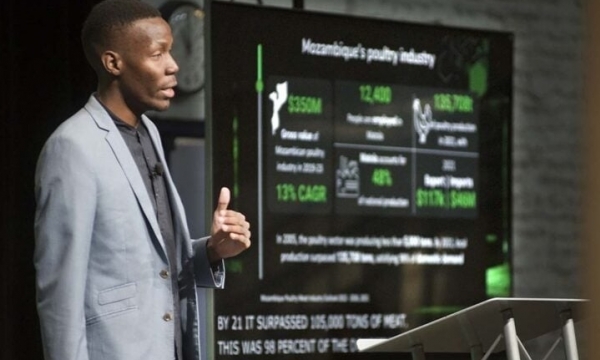
(VAN) Green Poultry Farm is a concept from Mozambique, specifically created to address the problem of environmental pollution associated with poultry farming. The innovation was recently awarded.
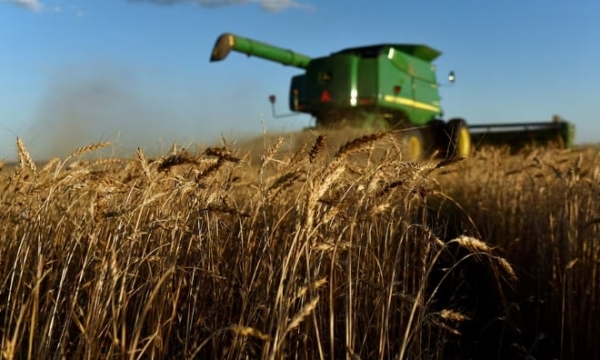
(VAN) U.S. wheat prices have plummeted as cheap supplies from the Black Sea and Europe replenished global stocks of the staple grain, and as plentiful corn harvests worldwide pressure the entire commodity grains complex.
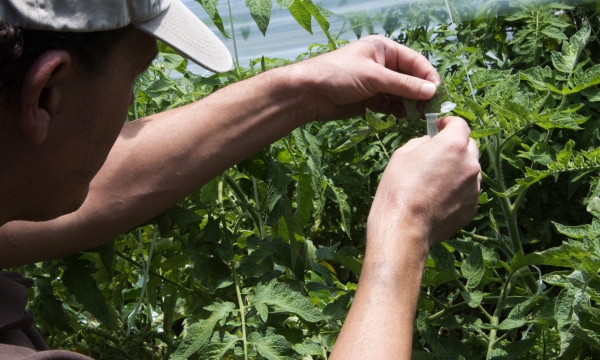
(VAN) Commission on Phytosanitary Measures “indispensable” amid changing weather patterns, FAO Director-General says.
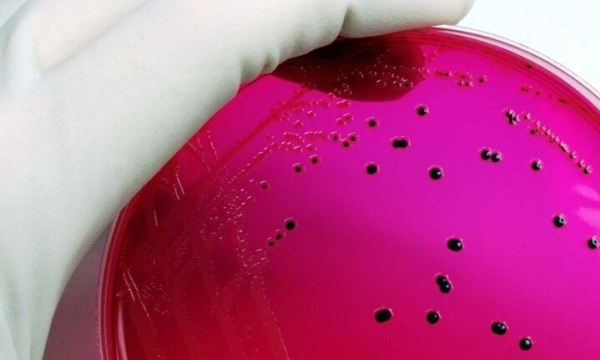
(VAN) The British Food Standards Agency (FSA) is worried about a renewed increase in the number of cases of Salmonella in poultry meat, poultry products and eggs from Poland.
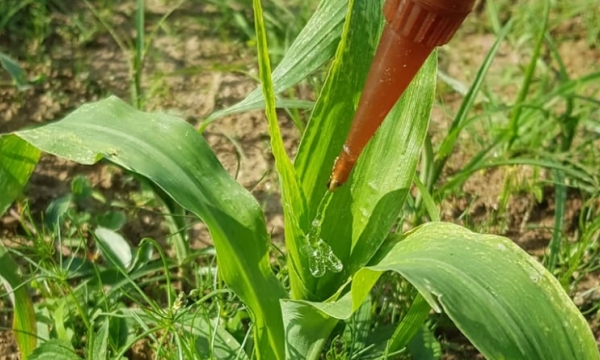
(VAN) A worm-filled gel has been shown to protect crops from pests, without the use of environmentally-unfriendly pesticides. Its not-so-secret ingredient is scores of tiny nematodes, which ordinarily can't survive outside of their underground habitat.
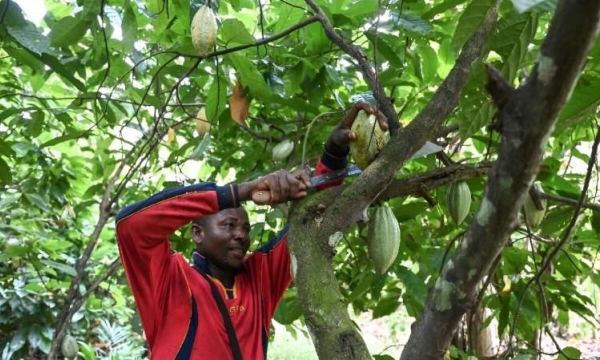
(VAN) It is so hot Yapi can work only in the morning, leaving plenty of spare time to dwell on his losses.
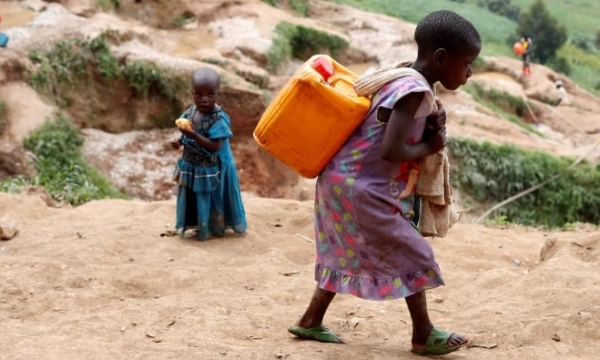
(VAN) The differential between per capita income growth in the poorest countries and the richest has widened over the past five years, according to the report.